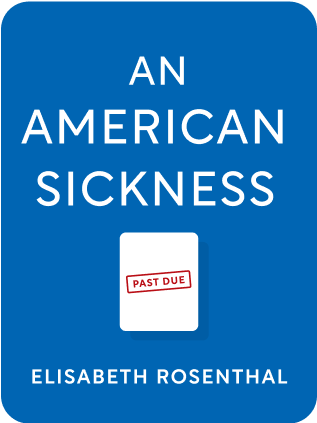

This article is an excerpt from the Shortform book guide to "An American Sickness" by Elisabeth Rosenthal. Shortform has the world's best summaries and analyses of books you should be reading.
Like this article? Sign up for a free trial here .
What is the medical loss ratio? How much of their premium revenue do health insurance companies actually spend on medical care?
Medical Loss Ratio (MLR) is the percentage of revenue from premiums spent by insurers on medical care. Before the Affordable Care Act, some providers’ ratio was as low as 64%. Today, it is closer to 80%.
Here is how medical loss ratio works in the United States.
Medical Loss Ratio Explained
In 1993, the non-profit health insurance provider Blues spent 95% of premium revenue on medical care, and only 5% on admin, marketing, and dividends.
Before the introduction of Obama’s Affordable Care Act (ACA), some insurers’ ratio was as low as 64% (as a point of comparison, Medicare is at 98%). Today, this number is also mandated by ACA and it’s closer to 80%.
But what is the Medical Loss Ratio exactly and how does mandating it affect healthcare spending?
Medical Loss Ratio (MLR) is the amount earned in revenue premiums that health insurance companies spend on the improvement of the quality of medical care services.
The effect of mandating a high medical loss ratio is not straightforward—it can prompt more haphazard spending. Say an insurer before ACA spends 60% on healthcare, paying the rest for overhead and dividends. ACA passes and now it has to spend 80% of premiums on healthcare. The insurer now has a few (simplified) options:
* Keep revenue and healthcare costs the same, and cut admin/dividends until healthcare reaches 80%. (This is closer to what the ACA intended.)
* Keep revenue the same, and shift spending that would have gone to administration into paying for healthcare. This would lead to open spending, like departments having to exhaust their budgets at the end of the fiscal year, and less constraint on costs.
* Increase premium costs and revenue, and spend the surplus on extra medical care to get to 80%, while keeping administrative costs the same.
The point is that simply mandating that insurance companies spend a percentage of revenue on medical care does not automatically lower healthcare costs.
Why Don’t Insurers Lower Prices
One would think that for-profit insurers have strong incentives to negotiate down prices. After all, if they can lower prices, they can lower premiums, which would recruit more patients and lower
However, there are strong incentives in play to counteract this:
- Large providers, like big hospital systems, can refuse to contract with insurers that exert strong price pressure. As we’ll discuss later, these providers effectively have a local monopoly on medical services. They can essentially set their own prices and force insurers to fall into line.
- Even if costs rise, insurers have an outlet to pass increased costs—to the patients, in the form of higher premiums, co-pays, and deductibles.
- Since 2010, deductibles have risen 6x faster than family earnings
- Patients are largely insulated from the healthcare cost, especially since the ACA set an annual out-of-pocket maximum. In fact, higher list prices allow insurers to tell customers how much the insurance company saved them.
The incentives are therefore aligned with higher cost care. Because of the 80% medical loss ratio, insurers don’t mind higher payments to vendors. If total healthcare spend grows, so does the 20% of revenues they can use for administration, salaries, and profits. Therefore, insurers benefit when total healthcare costs increase.
Once created to safeguard patients, health insurance eventually became part of the entrenched healthcare ecosystem. Hospitals adapted to their financial incentives, which changed how doctors practice medicine, which changed the types of drugs and devices manufacturers made.

———End of Preview———
Like what you just read? Read the rest of the world's best book summary and analysis of Elisabeth Rosenthal's "An American Sickness" at Shortform .
Here's what you'll find in our full An American Sickness summary :
- How U.S. healthcare got to the state it's in today
- Why it's so difficult to make any changes to the healthcare system
- What you can do to lower your personal healthcare costs






